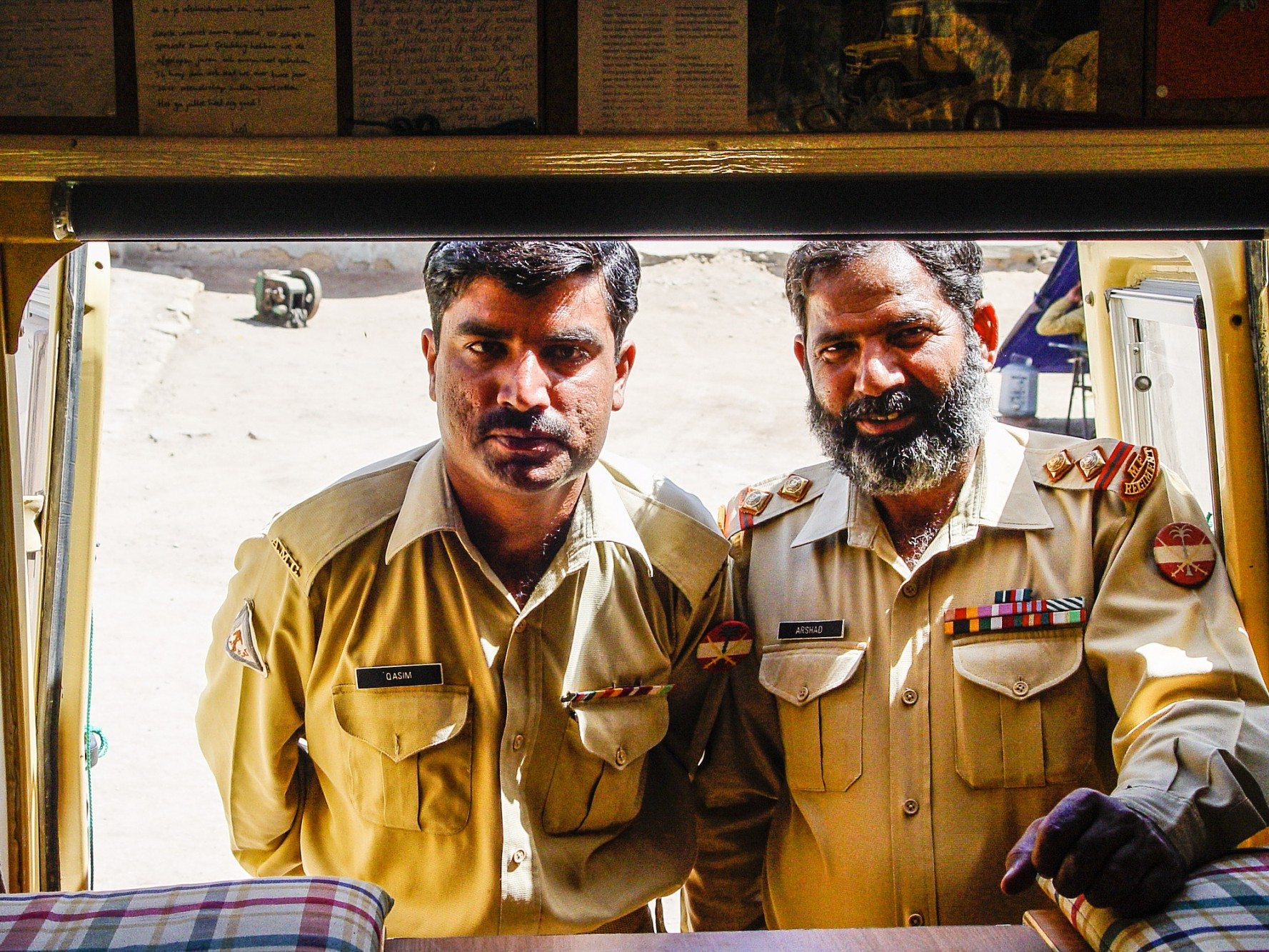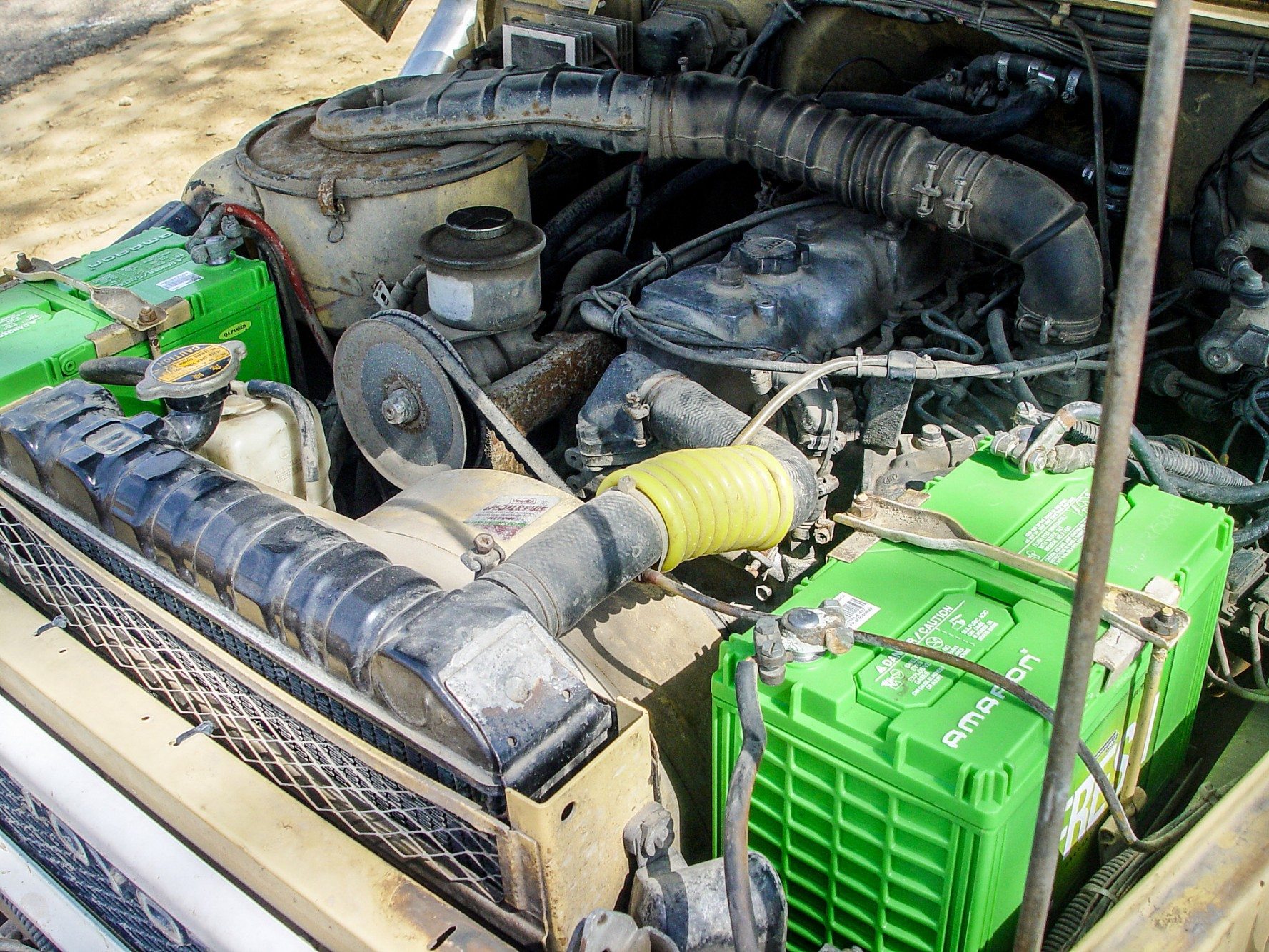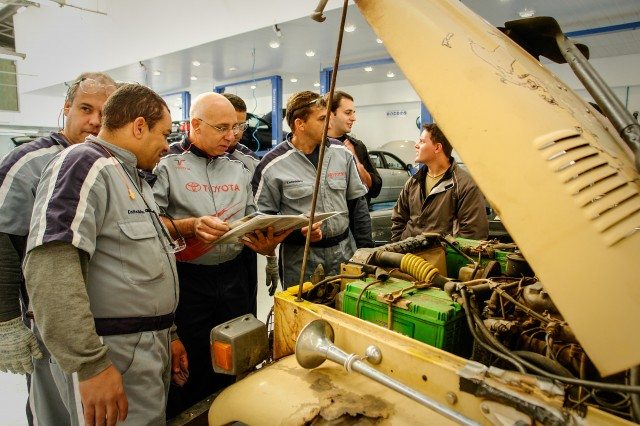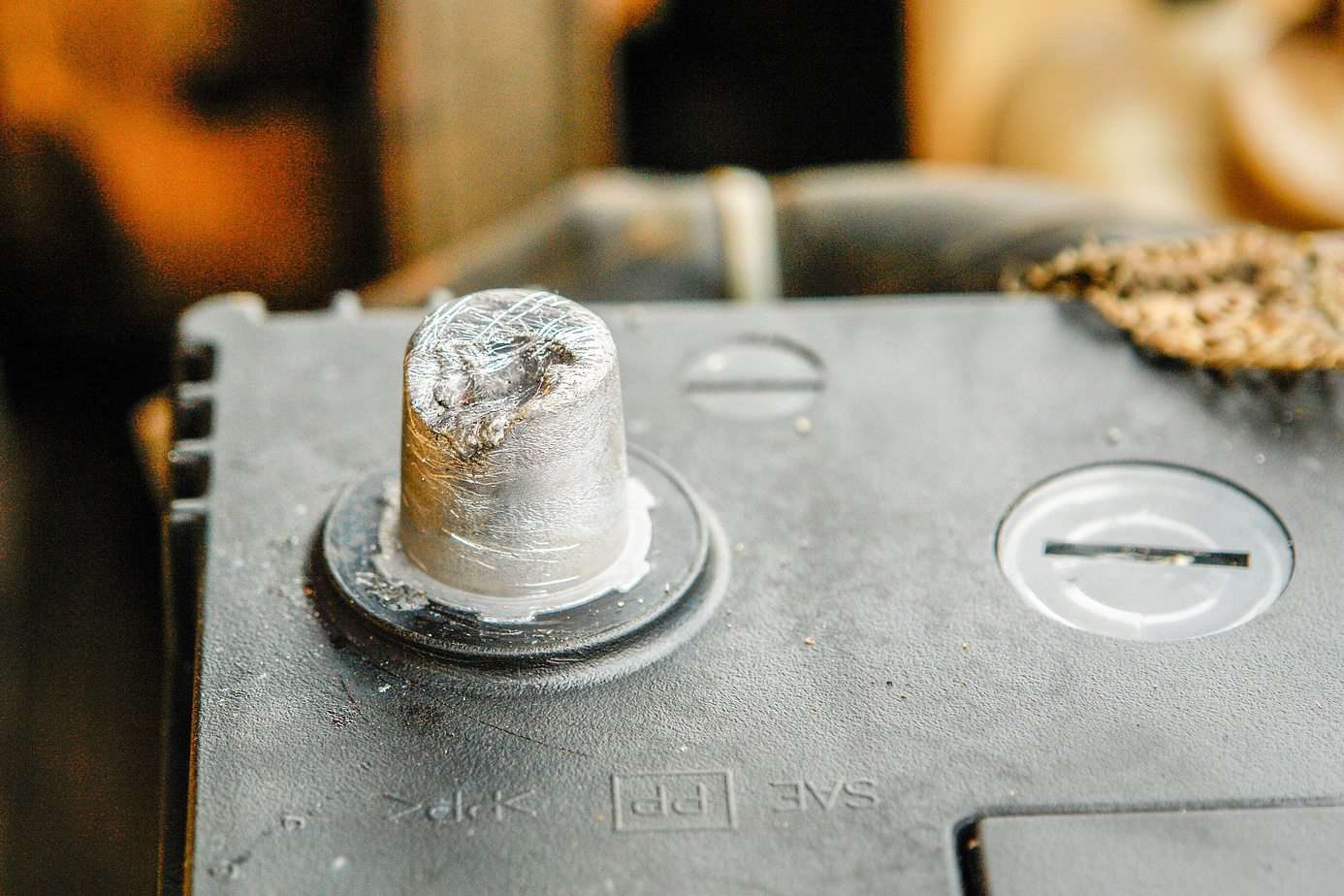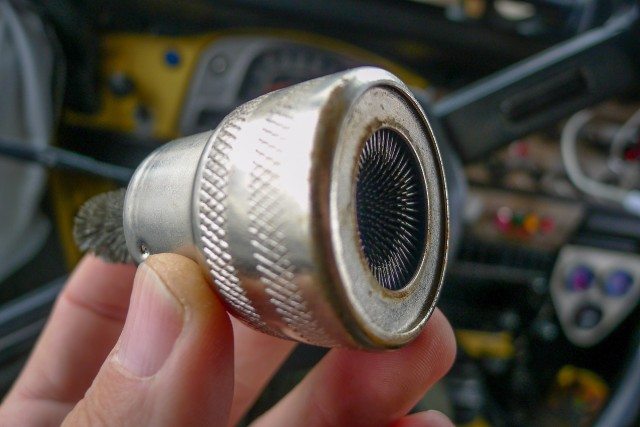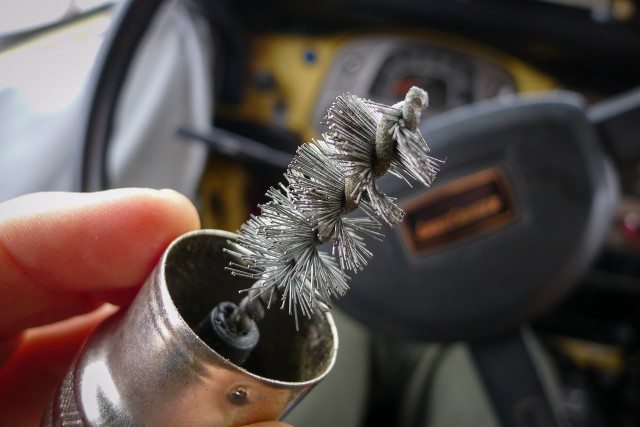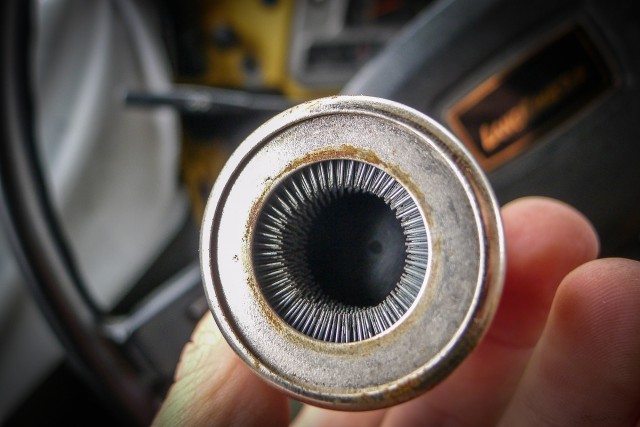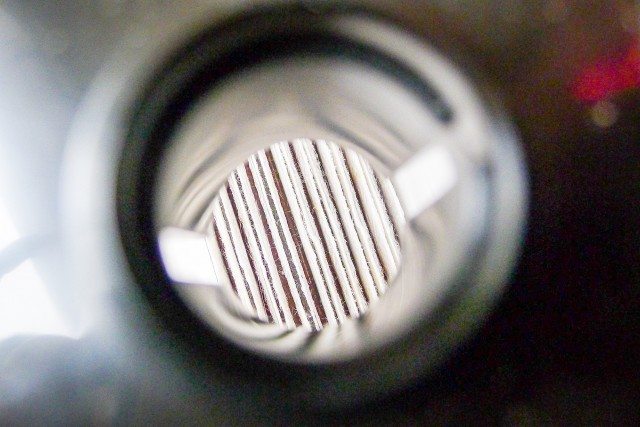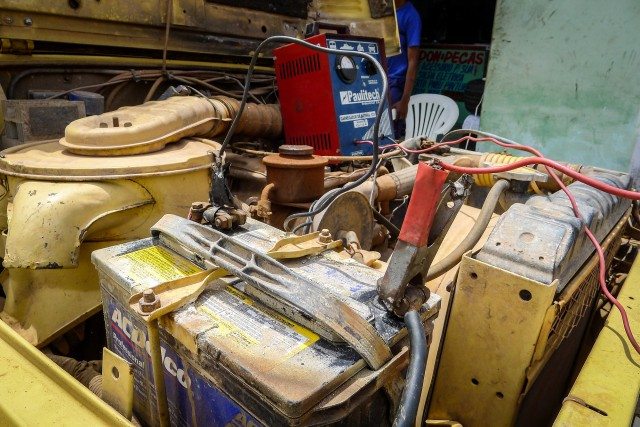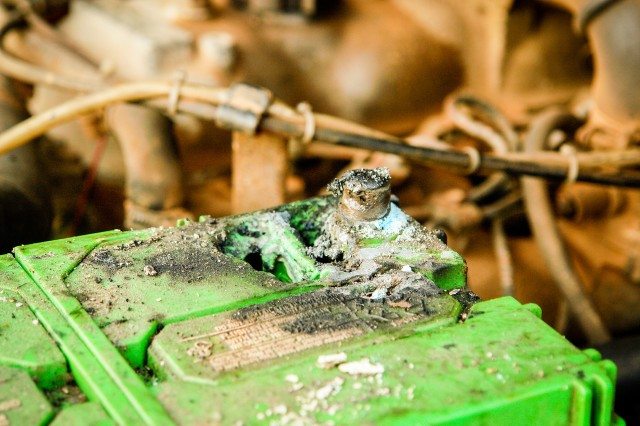“Ah, Sahib, there seems to be a low level of water in your batteries.”
In Pakistan we had been having some starting problems for a number of weeks. Strange clicks sounded from where the main current cutout switch sits. I bypassed the cutout and for a few days the Land Cruiser started without hiccups so I thought I had the problem licked. Until, one hot afternoon, the battery was as dead as a doornail when I tried to start the car at a gas station that stood in the middle of a sun-scorched, almost empty landscape. No click, nothing whatsoever. I was getting a little nervous as to what kind of challenges I would be facing.
But leave it to the Pakistanis: they will not have a foreigner get stranded in their country. Soldiers came to the rescue, who first pushed the Land Cruiser to jump-start and subsequently had it checked by their mechanics. After a quick glance in the engine bay they came to the startling realization that our Land Cruiser has two starter batteries as it is a 24-volt version, but moreover that they hadn’t been topped up.
Topping up batteries? Was that necessary? I had no clue. Why didn’t I know this? Well, I’m no mechanic and I’m simply learning on the road as car problems pop up and I have to deal with them.
Green monsters from India
The batteries had probably been seriously damaged by then, but after I had been instructed how to check and fill them, they lasted another year. Only in India did I replace them with green monsters. While I loved these for their looks, I loathed the way they were capped. I had to pry the caps off with a flat screwdriver and it was unavoidable to spill acid all around, which cost me a new shirt.
The green ones lasted only three years before exploding one evening, leaving us stranded in one of the coldest nights the region had had in decennia. After we had limped the Land Cruiser from the Brazilian border into Paraguay to buy new batteries, I learned that the main lead of the unfused winch had rubbed against the bodywork for I don’t know how long, which had now shorted the system.
Paraguayan Rockets
It was a good time to upgrade the batteries to a maintenance-free version: batteries with a small, dark hole to peer into and see either a green or red glow. I was done with the tricky way of opening the green monsters. Maintenance-free sounded like the perfect method to me.
The Rockets from Paraguay lasted five years before capitulating. Vibration had worked its way to the cable that connects the negative lead to the chassis, and created a loose ground. Years of driving on South American roads is tough on every vehicle and its components. In Suriname the only suitable option were a couple of AC Delcos, which—I was told a few years later—had been sitting in a shed for way too many years.
Professional oldies from Suriname
The AC Delcos were in the professional range, the text on the label guaranteeing a 50-month free replacement program. But only a year and a half later the batteries began bulging on the side and one of them gave out in a remote area of northeast Brazil. When I confronted the seller, he only wanted to give me a six-month warranty. Further contact with AC Delco HQ in the States left me with nothing. I was very disappointed and was left with the only option: buying new starter batteries—again.
This experience taught me a thing or two.
If things sound too good to be true (like a 50-month warranty), then most likely they are and you should proceed with caution. And secondly, when looking for quality products, particularly in the outdoor and travel section, it has come as a shock to me that many international companies will not honor their warranty in a country other than where the product was bought. Theoretically, I would have had to travel back thousands of miles to return a damaged shirt or shoe, or broken camera or battery.
I couldn’t get any decent batteries in the region where we were traveling at the time, so I bought one cheap battery instead of the advisable two in a 24-volt setup.
I kept an eye out for a good set of batteries wherever we went. Eventually I found a small, specialized shop in Cochabamba, Bolivia, and asked the owner to demystify the battery thing once and for all.
The Bolivian solution
We talked for a few hours and I returned three times in the course of a week to talk some more, while visiting other places as well and searching the Internet. But in the end I preferred the shop owner’s suggestion. He had a Japanese-licensed battery that was empty. “These have transparent, yet thicker than average sidewalls. We mostly sell them to farmers for their tractors. They can cope with heavy vibrations and steep angles. Also, take a look inside and you will see every single plate in the cell is lined with fiber for protection.”
They were a bit more expensive than the other brands on the shelves, yet within our budget and so we sealed a deal. The shop owner filled the empty batteries right there, so the two were identical in terms of acid quality.
Since then almost four years have passed and I have been very happy with them. I particularly like the transparent sidewalls. I can now check the batteries without having to open up the individual cells. Every two months, or 3,000 miles, I inspect them and if needs be I top them up.
Tips on Buying and Maintaining Batteries
I don’t hold a degree in battery technology and I don’t claim to be the expert. I’m just sharing what I learned and what choices and mistakes I’ve made. Knowing what I know now, here are a couple of tips on finding your battery and keeping it in good condition.
– Look for a battery with thicker than normal sidewalls. If it is transparent, even better. Look for ones used in the tractor or airplane industry.
– Look for easy-to-screw-off caps that don’t require tools.
– Every 2 months, or 3,000 miles, check battery water levels and connections. While you’re at it, check the ground to the chassis.
– Clean terminals with a special round hollow brush and apply Vaseline to protect them from oxidizing.
New countries, new challenges
Are we now traveling free from battery problems? It appears not to be the case as we recently encountered an interesting challenge: to top up the batteries with water.
After nine years of traveling in South America we shipped the Land Cruiser to South Korea. The app I use to track maintenance and mileage gave me a warning to check the battery water levels. I concluded I needed to top them up and stopped at a couple of car workshops, of which there are very few compared to South America. Koreans all drive new cars.
The answers were similar, and discouraging:
“No sir, I’m sorry we don’t sell water for batteries. We only sell new batteries.”
“Could you please tell me where I could find it?”
“Uhm. This car accessories shop should have it,” he answered, pinpointing it on my GPS.
But no luck at that shop either.
After a couple of days we concluded that either nobody maintains batteries in South Korea or that they are all using the maintenance-free versions. By then, the fluid levels of my Bolivian tractor-wonder-batteries were getting low and I needed to find a solution. I was about to track down a dry cleaner’s as I remembered my mom using distilled water from her dryer for her steam iron, when I realized it might be easier to find distilled water at a pharmacy.
And yes, that is where I found distilled water to top up the batteries!
What’s next?
Meanwhile we have ferried to Japan and next on our route are Russia and the Stans. What challenges will they hold for us in terms of batteries? Freezing temperatures will be one of them. Stay tuned.
Read more from Coen and Karin-Marijke by clicking the banner below:



